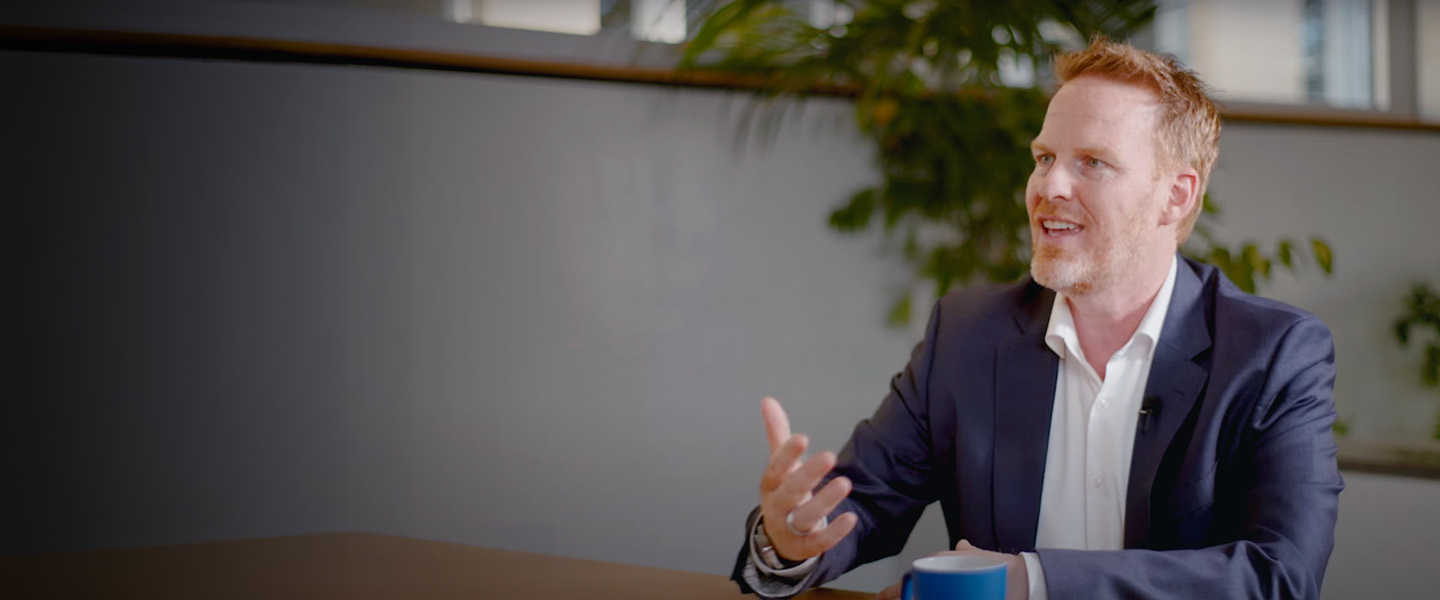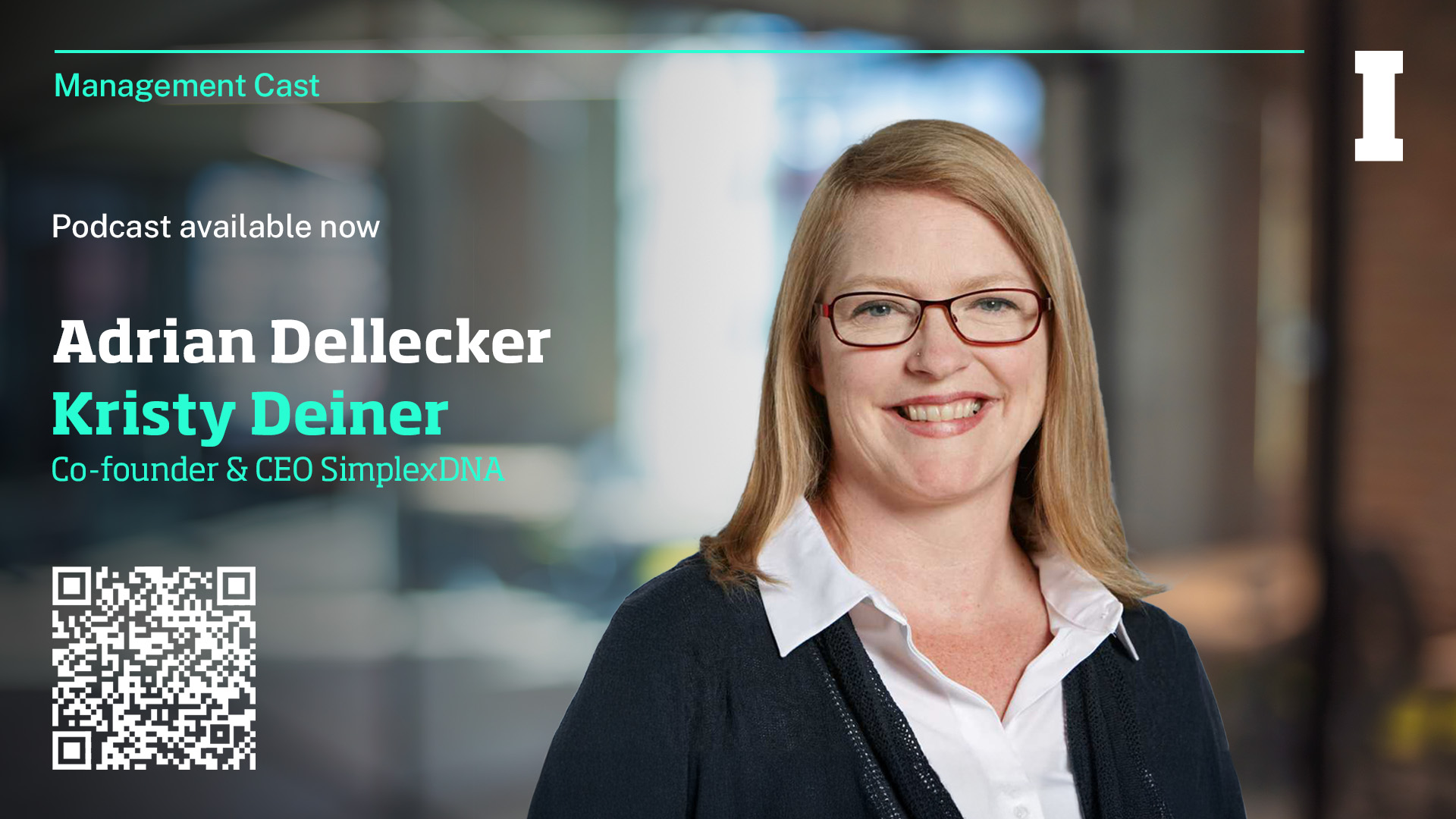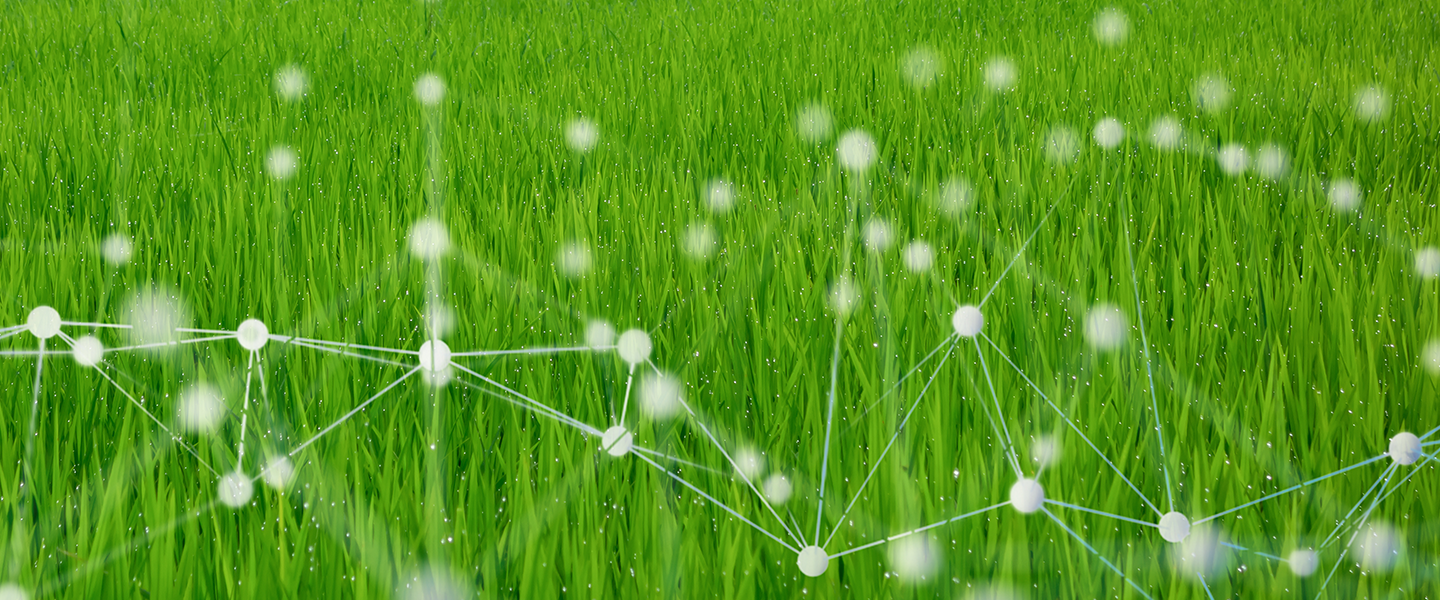At a glance
- Ragn-Sells is taking a leading role in sustainable waste management and the circular economy.
- Despite a difficult financial situation in 2015, the company identified sustainability (particularly planetary boundaries) as a mega trend to focus on for its new strategy.
- The company transformed and has become a pioneer in innovative approaches to recycling waste and circularity.
For almost a decade, Ragn-Sells, a Swedish family-owned waste management company, went through a transformation process − from a company facing financial difficulties to establishing itself as a global authority on the circular economy and sustainability. When Pär Larshans joined Ragn-Sells in 2015, the company was in a challenging position. The group prioritized growth and its operating margin was well below target. The absence of unified group governance and a cohesive strategy hindered progress. Recognizing the need for change, the company decided to initiate a comprehensive revision of the strategy. Through an innovative trend scouting process in 2015, it identified promising mega trends and decided that planetary boundaries and sustainable development goals (SDGs) held the most potential for its future. Over the next 10 years, Ragn-Sells underwent a profound transformation, pioneering innovative approaches such as recycling phosphorus and other nutrients from waste instead of mining them, thereby contributing to a more sustainable and circular economy.
The broader issue
Around the world, there is an increasing focus on the urgency of addressing global warming and taking decisive action on climate change, biodiversity and other issues. Earth’s natural resources are being used at an unsustainable rate and are running out, a situation exacerbated by poor waste management practices. According to the UN, the extraction and processing of natural resources contribute half of total global greenhouse gas emissions and over 90% of biodiversity loss and water stress. However, an effective waste management system has the potential to transform waste into value-added products and yield positive returns.
Companies are under increasing pressure to take decisive action to address climate change, which requires the development of long-term strategies in a rapidly evolving world. Proactive approaches are crucial for anticipating future needs and trends rather than merely reacting to immediate challenges. Taking measures to mitigate environmental impact can represent substantial business potential and drive growth. With the constant emergence of new technologies, businesses have the chance to shift from being part of the problem to being part of the solution. In many cases, even deploying existing technologies can effectively protect the environment and serve as the foundation for a profitable business.
Innovation as a structured approach
With the company facing financial challenges, Ragn-Sells’ owners recognized the need for significant change. They tasked the leadership team with a comprehensive overhaul of the company’s strategy, with the emphasis on innovation and long-term objectives.
Many leaders over-rely on gut instinct or personal experience when making decisions. Instead, innovators should adopt a scientific approach by articulating testable hypotheses and conducting rigorous experiments to generate conclusive evidence. To successfully lead innovation, a company needs a clear, structured approach aligned with its overall corporate strategy. This requires focusing on two key dimensions:
- Business environment: Examine emerging key trends (economic, technological and social) likely to impact the company in the future.
- Portfolio analysis: Review the current portfolio of products and services to identify existing innovations and technologies within the company as well as areas for de-investment to generate cash for the transformation.
Based on this analysis, an innovation thesis can be developed − a broad statement about the company’s current position, its vision of the future, the ideas it believes will succeed and how it plans to use innovation to respond.
Business environment: Mega trends
Ragn-Sells implemented a structured process involving innovative methods and trend scouting, including the latest developments in science, risk analysis, structured monthly internal reports and, later, a monthly business content analysis to identify mega trends. Through this process, the company identified planetary boundaries and SDGs as the most promising trends for its future. Aligned with its vision of “being living proof that caring for the earth and business go hand in hand,” Ragn-Sells formulated a sustainability strategy grounded in scientific frameworks, such as the planetary boundaries.
Portfolio analysis: Leveraging available technologies
In parallel, an internal review of the current portfolio of technology and innovations revealed that the company had a fantastic innovation nobody knew about − phosphorus recovery. This technology focuses on critical resources that the world will need in the future and is part of the planetary boundaries framework. The company possesses several global patents for extracting and recovering resources from wastewater, sewage and fly ash − a byproduct of incinerated waste. These methods enable the recovery and recycling of three essential nutrients in agricultural fertilizer: phosphorus, nitrogen and potassium. A handful of countries still source and handle these elements by mining them from reserves. This posed significant environmental challenges and contributed to climate change, environmental pollution and human health risks.
Circular economy
Although sustainability was a core aspect of Ragn-Sells’ operations, it became clear that change was necessary − simply transporting and recycling waste was no longer sufficient. The future requires a shift from a linear to a circular model, where materials never become waste and ecosystems are regenerated. In a circular economy, waste is minimized by transforming it into new raw materials. Products and materials are kept in circulation through maintenance, reuse, refurbishment, remanufacturing, recycling and composting.

Ragn-Sells’ vision was to repurpose waste into resources, ensuring access to raw materials while reducing CO2 emissions from raw material extraction. By managing waste in a circular manner, the company aimed to prevent air, soil and water pollution and to reintegrate resources into the production cycle. Its existing innovative technologies represented significant potential to drive the transition toward a circular economy.
Did it work?
With little to no marketing budget available to promote the company’s new circular innovations, Pär Larshans, chief sustainability, corporate responsibility & public affairs officer, focused on a thought leadership strategy. This included public speaking engagements and a knowledge-sharing approach, leveraging LinkedIn to promote Ragn-Sells’ innovative solutions and foster collaboration. Larshans’ knowledge dissemination strategy yielded results faster than anticipated. By 2018, the company had already gained recognition as an exemplary “Innovation of Leadership” ambassador for SDGs and was invited to present its approach and innovative solutions at the UN in New York.
Today, Ragn-Sells has established clear group governance and a well-defined strategy that is recognized, understood and increasingly embraced throughout the company. Sales have risen significantly, profits have remained stable, cash reserves are robust and the company’s financial stability is attracting new partners.
Ragn-Sells’ innovative technologies have been successfully validated through numerous pilot projects. The company delegation was invited to the UN Climate Change Conference, COP28, in Dubai in 2023 to discuss how Ragn-Sells is pioneering the recycling of phosphorus and other nutrients from waste rather than mining them, thus contributing to a more sustainable and circular economy.
“When others talked about CO2 as a problem, we saw it as a business opportunity.”
– Pär Larshans, chief sustainability, corporate responsibility & public affairs, Ragn-Sells
Takeaways
Ragn-Sells’ transformative journey provides valuable insights into the fundamental role of forward thinking, structured innovation and clear long-term vision in achieving sustainability. Key aspects include identifying pain points and solutions within the company portfolio, fostering collaboration and promoting effective communication through knowledge sharing. This comprehensive strategy highlights the importance of being proactive and strategic to ensure lasting success in sustainability.
- Forward thinking and disruptive mindset: Ragn-Sells has transformed from an operational waste management company into a strategically focused innovator with a long-term vision. Rather than merely mitigating sustainability risks, Ragn-Sells has adopted a disruption mindset, seeking new ways of doing business that have the potential to eliminate sustainability risks.
- Collaboration with value chain partners: Legal barriers pose significant challenges for Ragn-Sells’ products. Many laws favor mined materials over recycled ones, either by prohibiting the use of recycled materials or making them way too costly. Due to its size, Ragn-Sells has limited lobbying power and cannot change the industry alone. It therefore has to collaborate with other companies to influence regulations and market conditions.
- The importance of key enablers: Corporate governance played a critical role in facilitating Ragn-Sells’ strategic transformation. As a family-owned business, Ragn-Sells is not subject to the same short-term profitability and growth pressures as publicly listed firms. In addition, Pär Larshans proved to be the right leader at the right time, possessing the necessary skills to drive the sustainability transformation both within and beyond the company, backed up by the full support of the CEO.
- Structured approach to innovation: Ragn-Sells’ sustainability strategy was supported by a systematic approach to innovation. The company developed a clear innovation strategy, grounded in an extensive exploration of macro trends led by Larshans, to identify external factors that would shape the future of its business.
- Leveraging successes: Larshans’ knowledge-sharing mission and strategic use of LinkedIn were key elements in operationalizing the company’s strategy. By promoting Ragn-Sells’ successes and fostering collaboration, this approach has further helped its sustainability goals and increased visibility within the industry.
This article is based on the IMD case IMD-7-2567 available from The Case Centre at www.thecasecentre.org











